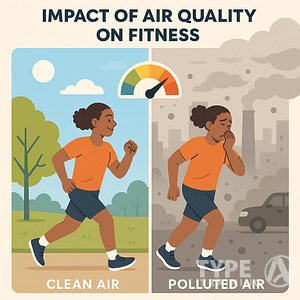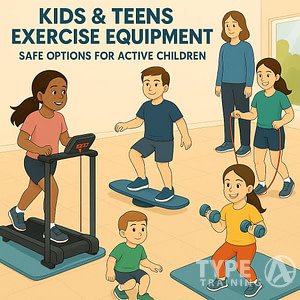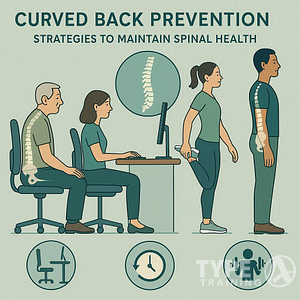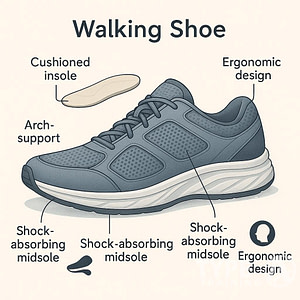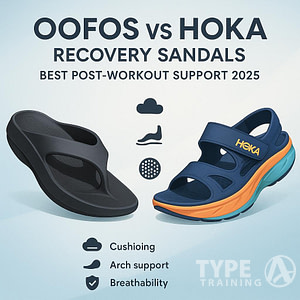Minimalist
Flat feet, also known as fallen arches, can cause discomfort and impact the way you walk or run. Minimalist
However, it is important to consider that adjusting to minimalist
Popular posts:
Understanding Flat Feet and Foot Mechanics
The Role of Arches in Foot Health
Your foot’s arch plays a crucial role in supporting your body weight and maintaining proper foot mechanics. Arches enable you to distribute weight evenly across your feet, absorb shock, and function as effective levers for walking and running. They consist of bones, muscles, tendons, and ligaments working together to achieve these critical functions. In general, there are three arch types: high, normal, and low (or flat).
Flat Feet: Causes and Concerns
Flat feet, also known as pes planus, is a condition where the arches of your feet collapse or have less curve than usual. This condition can be inherited from your genetics or acquired over time due to various factors such as aging, obesity, or injuries. Flat feet, primarily when overpronated, can result in improper foot mechanics, leading to potential issues like pain, discomfort, or reduced athletic performance.
A few common concerns related to flat feet include:
- Excessive pronation: Flat feet can cause your feet to excessively roll inward, causing discomfort and increasing the risk of injuries.
- Reduced shock absorption: Your arches are vital in absorbing the impact of your body weight; flat feet can significantly reduce this shock-absorbing capacity.
- Altered foot mechanics: With flat feet, your tendons and ligaments may become overstretched, leading to additional stress and harm.
Minimalist Shoes and Natural Foot Movement
Minimalist
Wearing minimalist
Benefits of Minimalist Shoes for Flat Feet
Promoting Stronger Feet and Ankle Stability
Switching to minimalist
When walking or running in minimalist
Enhanced Ground Feedback and Natural Gait
Minimalist
By allowing your feet to move freely and maintain their natural shape in the shoe’s wide toe box, you can also reduce common issues like bunions and other foot deformities.
Prevention and Recovery from Common Foot Ailments
Wearing minimalist
For people with flat feet, minimalist
- Improved foot strength: As mentioned earlier, minimalist
shoes help strengthen the muscles in your feet and legs. - Enhanced flexibility: These
shoes encourage natural movement, which can increase your feet’s overall flexibility and range of motion. - Increased toe box space: Minimalist
shoes offer more room for your toes to spread out, reducing pressure and discomfort.
In summary, minimalist
Choosing the Right Minimalist Shoes
Key Features for Optimal Support and Comfort
When selecting minimalist
A flexible sole is another crucial feature, as it allows your foot to move more naturally, conforming to the ground and strengthening the foot muscles. Additionally, a zero drop design promotes better posture by keeping your heel and forefoot at the same distance from the ground, as mentioned on Purely Barefoot.
Lightweight materials also contribute to the natural feel of a minimalist shoe. However, it’s important not to compromise on cushioning, especially for flat feet. Ensure that there’s sufficient padding to support your arches without overloading them.
Your shoe fit is crucial for comfort and preventing injuries. If you’re unsure about the right fit, consult a podiatrist or healthcare professional for guidance. They may even recommend custom orthotic inserts to enhance support and redistribute pressure more evenly.
Transitioning Safely to Minimalist Footwear
Adjusting to minimalist
Pay attention to any discomfort or pain during the transition. Consult with a healthcare professional if you experience persistent or worsening issues. It’s essential to prioritize your safety and take your time adjusting to the new footwear to prevent injuries.
Taking these factors into account, you’ll be well-equipped to make an informed decision when selecting the appropriate minimalist
Practical Tips and Considerations
Incorporating Minimalist Shoes Into Your Lifestyle
Minimalist
Make sure you pay attention to the surface on which you exercise. Since minimalist
Here are some pros and cons of minimalist
- Pros:
- Improved foot and leg muscle engagement
- Greater flexibility and range of motion
- Enhanced balance and feedback from the ground
- Cons:
- Limited shock absorption for high-impact activities
- Insufficient support for those with specific foot conditions, such as plantar fasciitis
- May require a longer adaptation period
When to Consult a Healthcare Professional
While minimalist
It’s crucial to listen to your body and monitor for any pain or discomfort while transitioning to minimalist
Remember that finding the perfect balance between foot support and freedom is essential in choosing the right footwear. Experimenting with different types of minimalist
Top 7 Flat Feet Exercises
When dealing with flat feet, a well-designed exercise plan can help improve your foot posture and alleviate any discomfort. These top 7 exercises can potentially address any structural or functional issues arising due to flat feet, so be sure to incorporate them into your routine.
- Walking barefoot: Walking without
shoes is a simple and effective way of strengthening the feet, ankles, and lower legs. It also retrains the arches to function better and can be done daily at home or outdoors. - Short foot exercise: This effective exercise targets the deep muscles in your foot, improving motor control, balance, and overall foot posture. Be sure to do 2-3 sets of 20 reps and steadily progress to performing the short foot exercise while balancing on one leg.
- Arch lifts: Arch lifts focus on directly strengthening the intrinsic muscles surrounding the foot. With consistent practice, this exercise provides better support and stability to your feet. Aim for 3 sets, repeating 10-15 times per set.
- Towel scrunches: This exercise helps improve balance and foot posture by activating your toe muscles. Place a bath towel on a smooth surface and scrunch it using only your toes. Do this 2-3 times for the most benefit.
- Heel and toe walking: Strengthen the support muscles of your feet by walking on your tiptoes and heels alternately. This can be done on a hard surface, but if you find it uncomfortable, a carpeted area would work just as well.
- Tennis ball rolls: Sit comfortably with a tennis ball on the floor and gently roll your foot over it, focusing on massaging the arch area. This exercise is great for relieving tension and can be done with both feet.
- Hanging calf raises: This exercise helps strengthen the soleus and gastrocnemius muscles, which are crucial for foot flexion and extension. Be sure to do 2-3 sets with 15-20 repetitions each.
To reap the most benefits, practice these exercises consistently, at least 3 times a week. Additionally, consider wearing quality insoles to manage pain when standing for long periods and opting for
Frequently Asked Questions
What are the benefits of minimalist shoes for people with flat feet?
Minimalist
Can barefoot shoes provide adequate support for those with flat feet?
Barefoot
How do minimalist shoes affect foot health in individuals with flat arches?
When transitioning to minimalist
Are there any specific minimalist shoe brands recommended for flat-footed wearers?
There’s no one-size-fits-all minimalist shoe brand for individuals with flat feet, as everyone’s needs and preferences vary. Some popular minimalist shoe brands include Xero Shoes and OrthoFeet. Remember to research, read reviews, and try on different styles to find the pair that suits your feet best.
What should be considered when choosing minimalist shoes for daily wear with flat feet?
When selecting minimalist
Can wearing minimalist shoes alleviate symptoms associated with flat feet-related conditions?
Wearing minimalist







